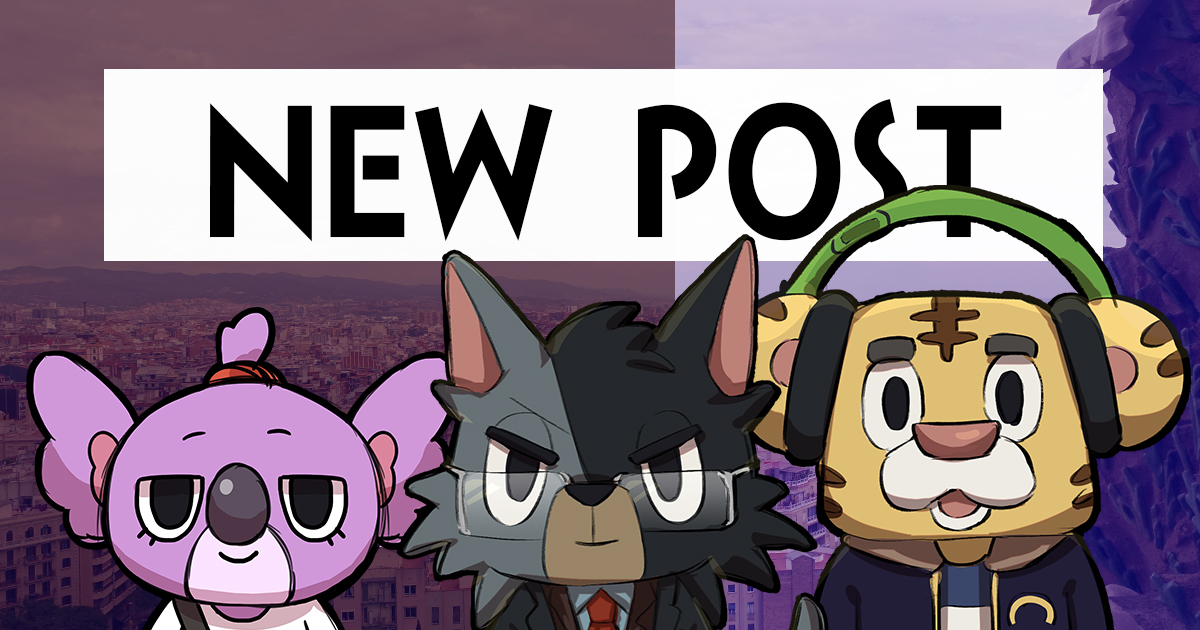Shōjo manga, a unique genre in Japanese comic culture, holds a significant place in the world of manga. Primarily targeting young female readers, its appeal transcends age and gender boundaries, captivating a global audience.
- What is Shōjo Manga?
- Characteristics and Evolution of Target Audience
- Differences from Shōnen Manga
- History of Shōjo Manga
- Origins and Development
- Golden Age
- Characteristics of Shōjo Manga
- Focus on Psychological Portrayal
- Distinctive Art Style
- Reflection of Trends
- Notable Works
- Current State and Future of Shōjo Manga
What is Shōjo Manga?
Shōjo manga refers to comics published in magazines aimed at young female readers. Popular shōjo magazines include “Ribon,” “Nakayoshi,” and “Hana to Yume.”
Characteristics and Evolution of Target Audience
Initially targeting girls from elementary to high school age, shōjo manga has expanded its readership to include adults in their 20s and beyond. Male readership has also increased, blurring genre boundaries.
Differences from Shōnen Manga
While shōnen manga often focuses on battles and adventures, shōjo manga tends to emphasize character psychology and emotional nuances.
History of Shōjo Manga
Origins and Development
Modern shōjo manga is considered to have begun with Osamu Tezuka’s “Princess Knight” in 1953. The 1960s saw the debut of many female manga artists who pioneered the shōjo manga world.
Golden Age
The 1970s is known as the golden age of shōjo manga, with the emergence of the “Year 24 Group” of female manga artists. Artists like Moto Hagio, Keiko Takemiya, and Ryoko Yamagishi expanded the genre’s scope, creating dramatic works in fantasy, sci-fi, and historical settings.
Characteristics of Shōjo Manga
Focus on Psychological Portrayal
Shōjo manga is characterized by detailed depictions of characters’ inner thoughts and emotions, often using monologues to convey characters’ feelings to readers.
Distinctive Art Style
The art style in shōjo manga often features large eyes, slender body types, and fashionable clothing. Decorative backgrounds with sparkles and flowers are also common.
Reflection of Trends
Shōjo manga tends to reflect contemporary trends and social issues, incorporating fashionable clothing, hairstyles, and popular phrases to create a connection with readers.
Notable Works
Some representative shōjo manga include:
- “Boys Over Flowers” (Yoko Kamio)
- “Kimi ni Todoke” (Karuho Shiina)
- “NANA” (Ai Yazawa)
- “Fruits Basket” (Natsuki Takaya)
- “The Rose of Versailles” (Riyoko Ikeda)
These works have gained widespread popularity, often adapted into anime and live-action productions.
Current State and Future of Shōjo Manga
Contemporary shōjo manga covers a wider range of themes beyond traditional romance and fantasy. The digital era has also influenced its consumption, with an increase in web distribution and e-book reading.Shōjo manga continues to evolve with the times, maintaining its position at the heart of Japanese pop culture. It promises to captivate readers worldwide for years to come, bridging cultural gaps and inspiring new generations of fans and creators alike.

